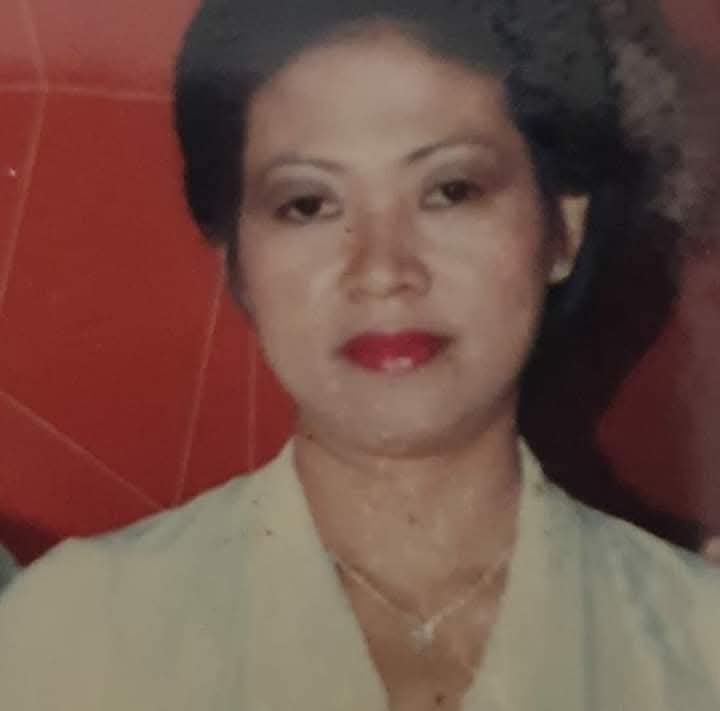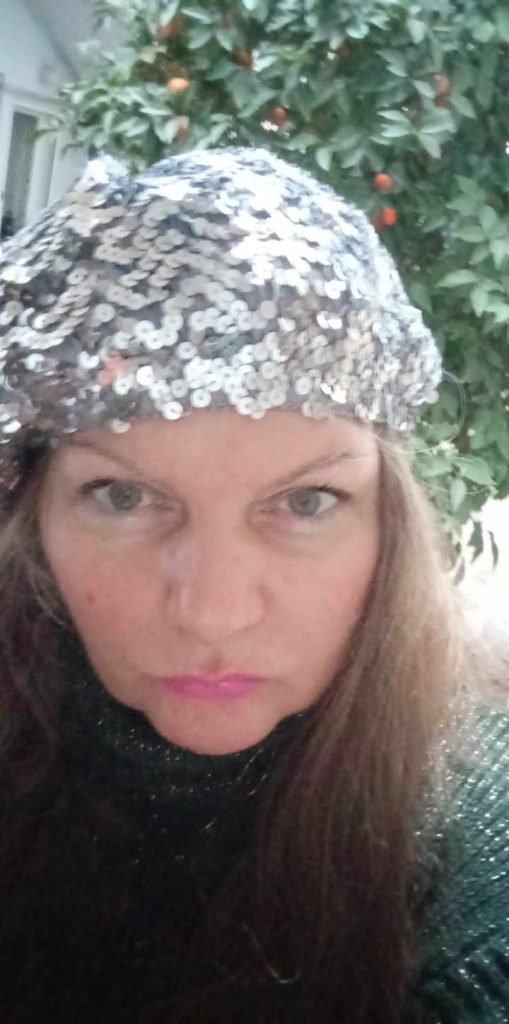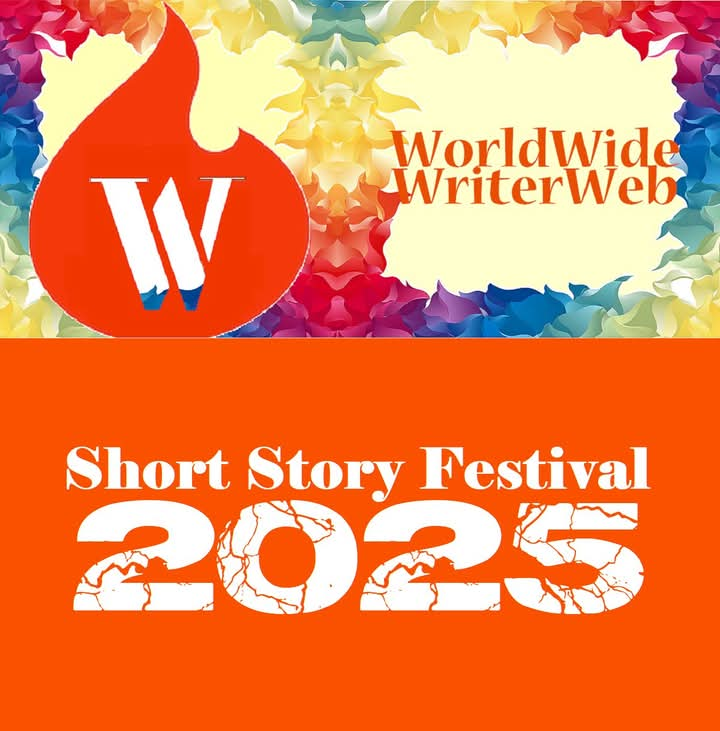
Combating Corruption and Financial Transparency
Today, corruption poses a significant barrier to economic and social development, affecting not only nations but also the private sector and the global financial system. Corruption leads to the misallocation of resources, increased poverty, and loss of public trust in government. In this article, we will explore the impact of corruption on the financial system, the importance of financial transparency, and strategies for combating corruption, including global best practices.
Forms of Corruption in the Financial System
1. Corruption in Government Finances:
In 2015, Brazil’s “Petrobras Scandal” became one of the most well-known examples of corruption within state-run companies. Billions of dollars were misappropriated from the state-owned oil company, which resulted in an economic crisis and political instability.
2. Corruption in the Private Sector:
The 2008 global financial crisis was partly caused by fraudulent financial practices and corruption in the banking system. For instance, Lehman Brothers was involved in illegal financial manipulations, which had a devastating impact on the global economy.
3. Global Impact of Corruption:
The Panama Papers (2016) revealed the scale of global corruption and money laundering operations. Many politicians and business leaders were found to have moved financial assets into offshore accounts illegally, which undermined the global financial system.
Importance of Financial Transparency
Ensuring Economic Stability:
Georgia’s commitment to anti-corruption measures and its efforts to improve financial transparency have stabilized its economy. The introduction of e-Government systems, for example, significantly reduced corruption and attracted foreign investment.
Increasing Public Trust in Government:
Sweden and Denmark are among thee countries with the lowest levels of corruption globally. Their transparent financial systems ensure that the public is informed about how government funds are used, fostering greater trust in the political process.
Methods of Combating Corruption
1. Utilizing Technology:
India’s Aadhaar system has enabled the government to directly deliver financial assistance to citizens, reducing the opportunity for corruption and ensuring funds reach their intended recipients.
2. Strengthening Legislation:
In South Korea, former president Park Geun-hye was convicted of corruption, which led to stronger anti-corruption laws and improvements in government accountability.
3. International Cooperation:
The OECD (Organisation for Economic Co-operation and Development) has implemented anti-corruption conventions that help improve global financial transparency. For example, the convention has enforced strict measures to prevent bribery in international business transactions.
4. Public Oversight:
Transparency International plays a crucial role in detecting and exposing corruption. Its annual reports are used to assess and highlight corruption levels across countries, pushing governments to take action.
Combating corruption and promoting financial transparency are essential for the sustainable development of both countries and societies. The implementation of technology, stronger legislation, and international cooperation all contribute to reducing corruption. The success stories of countries like Georgia, Denmark, and India demonstrate that transparency fosters trust, economic stability, and social progress. By improving financial literacy and shaping an anti-corruption culture, we can ensure a stable future for all.
NARZULLOYEVA MUNISA BAKHROMOVNA was born on August 13th, 2006, in Surxandarya region, Sariasia district of the Republic of Uzbekistan. She is currently studying in her first year at the Faculty of Journalism. She has accomplished a lot of achievements. For instance: her articles were published in Germany’s “Raven Cage” and Kenya’s “Mt. Kenya Times” international magazines. Additionally, her articles were published twice on the official website of “Synchronized Chaos” and have been indexed on Google. Also, she is a member of the “All India Council of Technical Skill Development” and a member of “Global Education Ambassador”.

 Please send your Abstracts in about 500 words to
Please send your Abstracts in about 500 words to 


